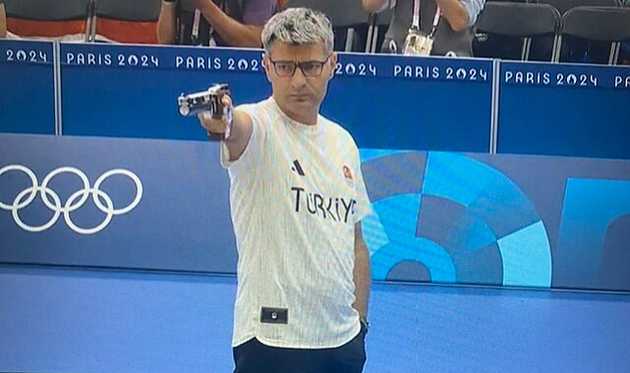When you think of Olympic athletes, images of young, peak-conditioned competitors probably come to mind. But this wasn’t always the case. While the median age of athletes has remained fairly consistent since 1896 (between 24 and 26 years), the range of ages has changed drastically. In the early Games, there was much more age variability, whereas today, athletes' ages are more concentrated around the mean.
This shift can be largely attributed to the changing nature of Olympic events. In the early 20th century, the Olympics included not only physical competitions but also art and literature contests, which allowed older participants to compete. Notably, these art competitions even allowed posthumous submissions. For example, the oldest Olympic "participant," John Quincy Adams Ward, would have been 97 years old when his artwork was submitted for the 1928 Amsterdam Olympics. However, Ward had passed away in 1910 at age 79.
The data also shows that female athletes were generally younger than their male counterparts during the early Games. This likely reflects the limited range of sports that women were permitted to compete in. By the late 20th century, as women were allowed to participate in nearly all the same sports as men, the age distributions for male and female athletes became more symmetrical.
So, to answer the question: Are Olympic athletes getting younger? No, they’re not. They’ve always peaked around 25 years of age. If, like me, you're on the higher end of this peak, don't worry – 25% of athletes at the Paris 2024 Games were between 29 and 69 years old.
Anyway, it goes without saying, no athlete will ever be as cool as 51-year-old Yusuf Dikeç from Turkey, who won silver in the Paris 2024 shooting events.


